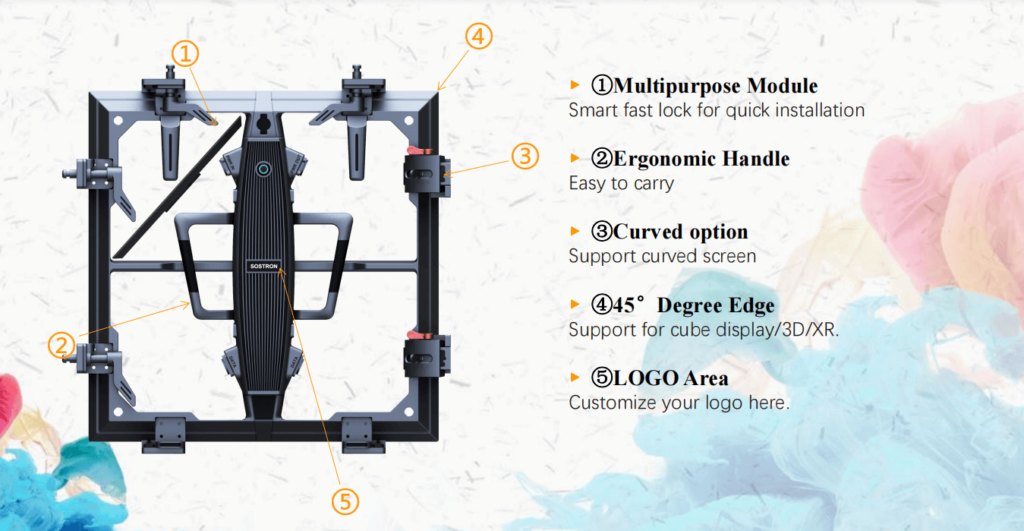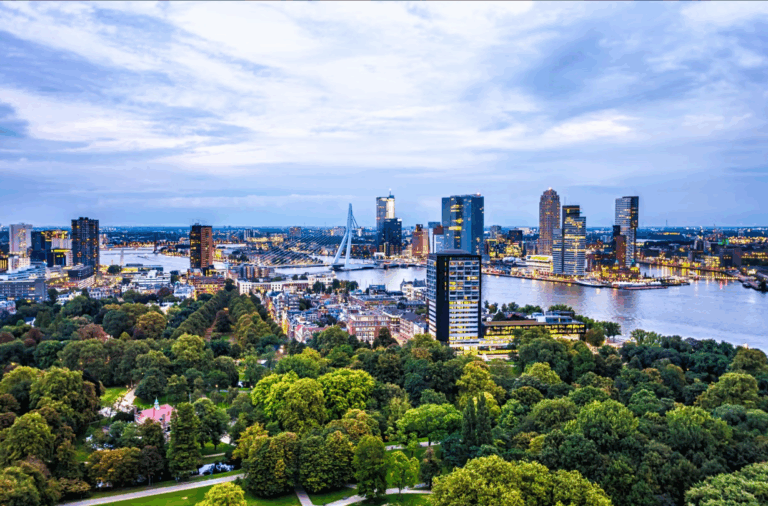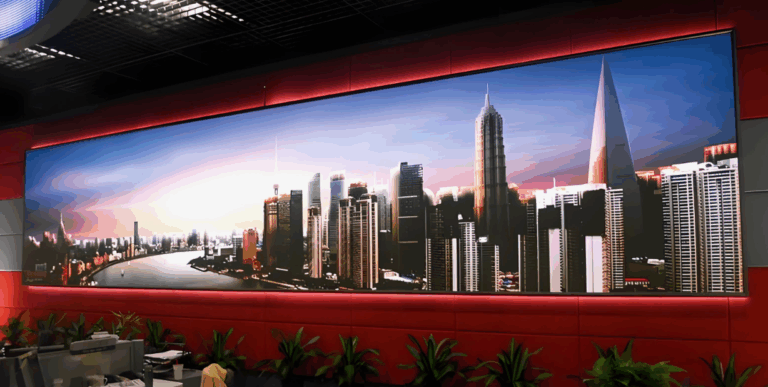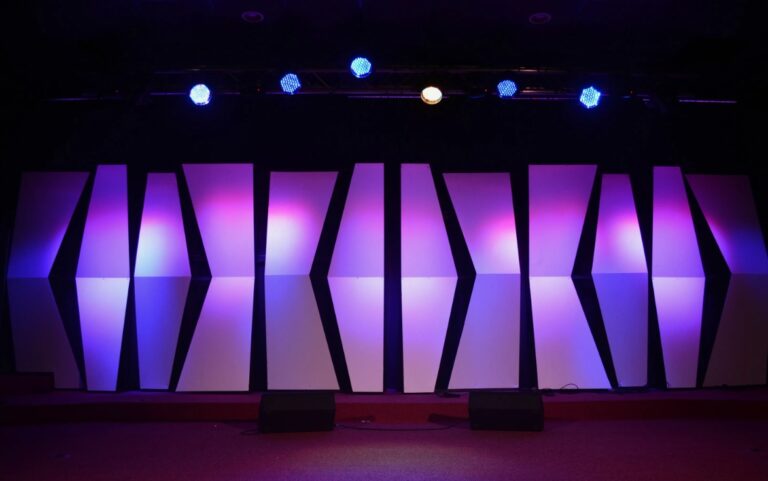Chicago, a vibrant city, hosts a variety of large-scale entertainment events each year, including concerts, sports events, theatrical performances, and art exhibitions. LED displays play a crucial role in enhancing audience experience, increasing interactivity, and disseminating information, whether for outdoor or indoor events. This article provides a guide for purchasing LED displays for outdoor and indoor events in the Chicago entertainment market.
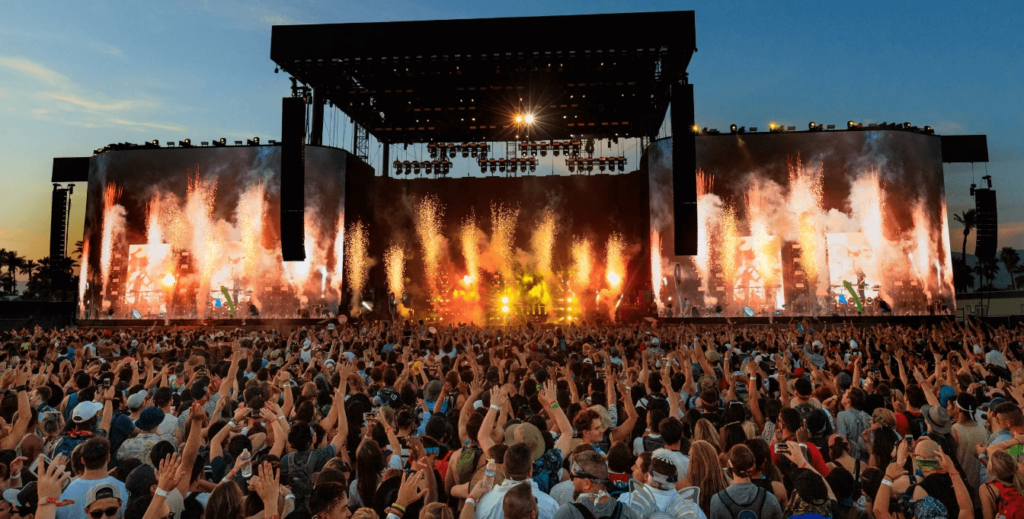
A. Outdoor Event LED Display Buying Guide
Brightness and Waterproofing:
- Brightness: Outdoor LED displays need high brightness to remain clearly visible in bright sunlight. It is recommended to choose LED displays with a brightness of over 5000 nits. Introducing knowledge about nit brightness.
- Waterproofing: Outdoor environments are unpredictable, so the displays must have good waterproofing. Choose displays with an IP65 rating or higher to ensure they function properly in rain or snow.
Viewing Angle and Resolution:
- Viewing Angle: A wide viewing angle ensures that the content is visible from different angles. Choose LED displays with a viewing angle of over 120 degrees.
- Resolution: High resolution provides clearer images, enhancing the visual experience for the audience. Select the appropriate pixel pitch based on viewing distance; generally, the closer the viewing distance, the smaller the pixel pitch should be.
Weather Resistance and Stability:
- Weather Resistance: Outdoor LED displays must withstand various weather conditions, including high and low temperatures, wind, and humidity. Choose displays made from durable materials and specially treated to extend their lifespan.
- Stability: Stable performance is crucial for the smooth execution of events. Choose displays with good heat dissipation and a stable power supply to minimize the risk of malfunctions.
Installation and Maintenance:
- Installation: Select the appropriate installation method based on the venue, such as hanging, wall-mounted, or ground-supported. Ensure the installation is secure to prevent accidental falls.
- Maintenance: Choose displays that are easy to maintain, with a modular design for easy replacement and repair. Given the outdoor environment, select displays with dustproof and shockproof features.
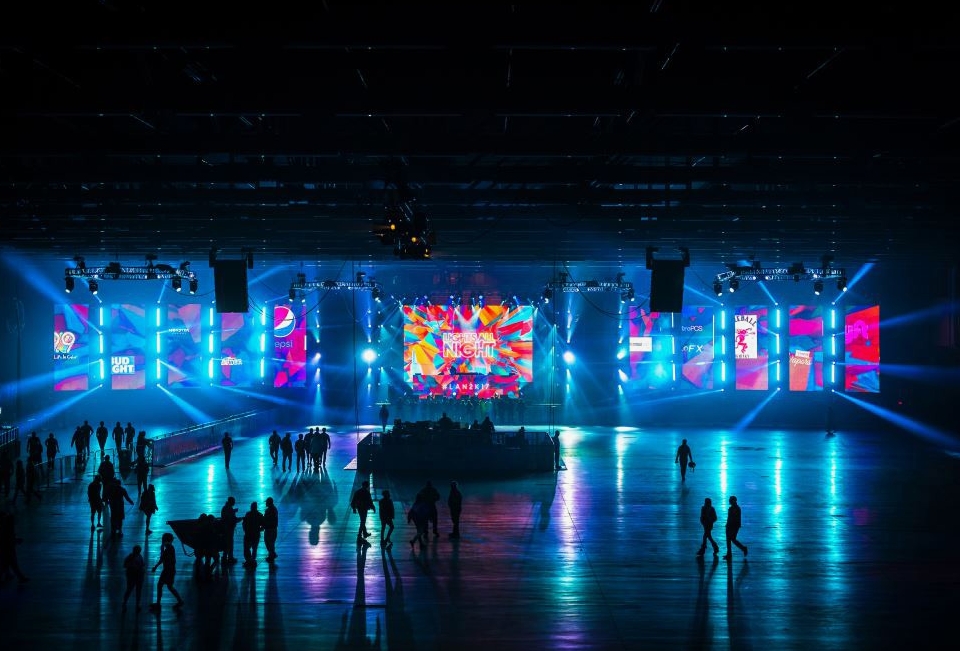
B. Indoor Event LED Display Buying Guide
Resolution and Brightness:
- Resolution: For indoor events, where the audience is closer to the screen, high resolution is key for clear and detailed images. It is recommended to choose LED displays with a pixel pitch of 2.5mm or less. What is the difference between indoor and outdoor LED rentals?
- Brightness: Indoor environments typically have softer lighting, so extremely high brightness is not necessary. LED displays with a brightness of 800-1500 nits are sufficient.
Viewing Angle and Refresh Rate:
- Viewing Angle: A wide viewing angle ensures clear images from any angle. Choose displays with a viewing angle of over 140 degrees.
- Refresh Rate: A high refresh rate eliminates screen flicker, enhancing visual comfort. Choose displays with a refresh rate of over 1920Hz to ensure smooth playback.
Color and Contrast:
- Color: Select LED displays with high color accuracy and saturation for more realistic visuals.
- Contrast: High contrast enhances the clarity of details and image layers. Choose displays with a contrast ratio of over 3000:1.
Installation and Maintenance:
- Installation: Indoor LED displays can be installed in various ways, including wall-mounted, embedded, or hanging. Choose the appropriate method based on venue needs, ensuring both aesthetics and safety.
- Maintenance: Choose displays that are easy to operate and maintain. Modular designs facilitate replacement and repair, while smart control systems enable convenient remote monitoring and adjustment.
Conclusion
In a vibrant and diverse city like Chicago, choosing the right LED display is crucial for the success of various entertainment events. Whether for outdoor or indoor events, factors such as brightness, resolution, viewing angle, weather resistance, and maintenance must be considered. By carefully evaluating these factors, you can select the LED display that best meets your event needs, enhancing the audience experience and ensuring smooth event execution.

